Collage of album covers visually represents the diversity waiting to be discovered in niche music genres.
Dive into gate-keepable music
Navigate the unexplored waters of underground music to find new hidden gems
March 3, 2022
In Flannery O’Connor’s short story, “A Good Man is Hard to Find”, she writes, “it’s no real pleasure in life.” She’s wrong — gatekeeping good music exists. And it’s the ultimate pleasure in life. Here is your starter guide for finding more unique music to listen to in obscurity.
Vaporwave – Brody Leo
As a subgenre of electronic music, vaporwave is focused on reviving synthwave sounds of the 80s and 90s and recontextualizing them into a futuristic, melodic soundscape. It originated in the early 2010s — and while there’s not a single album the sound can be traced to — I’d recommend starting with Macintosh Plus’s “Floral Shoppe”. It’s a warm, inviting introduction to the genre that makes you feel nostalgic for a time you were not even alive.
From there, I’d recommend my favorite artist in the genre, ESPRIT. He has a lot of great projects out there, but my favorite would probably be 200% Electronica. He offers the same synth-heavy warm nostalgia as Macintosh Plus, but the instrumentation is a bit more diverse and there are some really cool distorted vocal manipulations woven throughout the album.
Despite rarely having lyrical content, vaporwave projects often have very powerful social messaging behind them. For example, James Ferraro’s “Far Side Virtual” interpolates melodies that sound like soulless, corporate jingles to create a vision of a dystopian, hyper-capitalist future.
Unfortunately, this genre has seemed to fade into irrelevance in recent years, alongside the cyberpunk, neon-dominated subculture that grew with it.
Hyperpop – Adam Coil
I think that Hyperpop — or glitchcore, as some people call it — gets a bad rap. It is a genre in its infant stage, and it is clear that as time progresses it will continue to grow and adapt. The seeds of Hyperpop date back some time to pioneers in various genres such as rap, indie and EDM as people started to explore exactly how new technology could integrate futuristic, electronic sounds into music and make it work.
When talking about modern Hyperpop, two specific trendsetters come to mind: Charli XCX and 100 gecs. Propelled by internet memes, 100 gecs crashed into the mainstream in the summer of 2019, defining the genre almost entirely by themselves and paving the way for the generation of SoundCloud artists that followed.
Hyperpop abuses autotune to the point that the artist’s real voice is unrecognizable and then layers it over abrasive, dynamic instrumentals that are electronically synthesized. It’s definitely a hit-or-miss genre, but it’s one that I gravitate to at times when I need some energizing tunes.
To me, Hyperpop is something you can’t enjoy if you take it too seriously — just embrace the wackiness and laugh along as it pumps you up. I recommend “Astrid” by glaive, “2008” by ericdoa and “hand crushed by a mallet” by 100 gecs.
Hyperpop is not concerned with being elegant or poetic, but it is nonetheless interesting because of how much ground it has covered and the territory it promises to explore.
Slowcore – Adam Coil
Likely due to its origins in the obscure underground, Slowcore is a genre that is relatively hard to define. Like Shoegaze, it began in the early 90s, but as a counterreaction to the aggressive grunge and shallow pop music that dominated the charts.
Some of the biggest influences on the early sound were Galaxie 500, Low and Mazzy Star. In my opinion, though, the best that Slowcore has to offer followed in subsequent years with acts like Beach House, Mojave 3, Grouper and Duster.
With Slowcore, you can expect subtle, layered instrumentation that pairs perfectly with soft vocals and emotionally vulnerable lyrics that can bring you to tears or send you off into a peaceful slumber.
You can see the influence of the genre in popular contemporary artists such as Alex G, Radiohead and Sprain who utilize similar lethargic, drawn-out melodies.
Slowcore has a uniquely calming effect — one that grows on you over time. It’s a type of music that is really rewarding when you spend some time with it. Some Slowcore songs that you need to listen to are “Crumbling Together” by Mid-Air Thief, “Constellations” by Duster, “Love Songs on the Radio” by Mojave 3 and “I’m So Tired” by Fugazi.
Ambient – Brody Leo
What elements make up a song? Rhythm, melodies and lyrics are probably the answers that come to mind. Ambient music throws all of that out the window and focuses on tone and mood more than anything else. The birth of the modern genre is usually seen as Brian Eno’s “Ambient 1: Music for Airports” in 1978 that does not feature any percussion or lyrics. Eno always found airports anxiety-inducing, so he composed the album as a way to soothe himself through his travels.
My favorite ambient release of all time is Aphex Twin’s “Selected Ambient Works Volume II” from 1994. The tracklist is incredibly varied — tracks like #3 and #20 are ethereal and warm, perfect for quiet sunset walks on the Reynolda Trail. On the other hand, tracks like #4 are cold and almost eerie, like the most brilliant horror soundtrack you’ve ever heard.
A more recent favorite release is “Seraphim” by How to Disappear Completely. The most successful ambient composures can build vivid, visual worlds through their soundscapes. In “Seraphim”, the music visually represents a serene ocean at midnight. It’s dark and distant, but still somewhat comforting.
The tonal, world-building elements of ambient music have influenced artists outside of the genre too. For example, Radiohead’s “Kid A” has tons of ambient influence, most noticeable in the track “Treefingers”.
The genre is diverse, but pioneer Brian Eno pointed out one common characteristic of good ambient music: it’s “just as ignorable as it is interesting.”
Shoegaze — Adam Coil
Shoegaze, also known as dream pop, got its name from its reliance on the use of guitar pedals, which prompted musicians to ‘gaze’ at their shoes while performing.
To have a perfunctory knowledge of shoegaze, you will need to know about the big three shoegaze bands: Cocteau Twins, Slowdive and My Bloody Valentine. All three of these bands rose to prominence in the early 90s, defining the sound that originated in the UK in the 80s.
Shoegaze is known for its distorted sound, abstract yet poignant lyrics and soothing melodies. Because Shoegaze singers tend to prioritize how their songs feel, there is often a lack of clarity in their lyrical content.
The lead for Cocteau Twins, Elizabeth Fraser, said, “people tend to put too much focus on the lyrics. It’s not the be-all and end-all of our songs.”
I fell in love with shoegaze when I discovered Alvvays — a band that is my classic go-to recommendation. Despite coming onto the scene in the mid-10s, Alvvays has found new space to work within in the Shoegaze genre and makes some of the most pleasing music out there. Some other shoegaze tracks I would recommend are “Kick The Tragedy” by Drop Nineteens, “When The Sun Hits” by Slowdive, “Milk” by Sweet Trip and “Starting Over” by LSD and the Search for God. The best Shoegaze songs feel like a warm hug.
Experimental Rap – Brody Leo
There’s no signature sound to experimental hip-hop — the genre is just comprised of anything that pushes the limits of what hip-hop can be. So, when people ask me how to get into experimental hip-hop, I give them two albums that show off the breadth of the genre: “Madvillainy” by MF DOOM and “The Money Store” by Death Grips.
“Madvillainy” pairs the raw, chopped-up jazz-sampling beats from Madlib with the blunted, nonchalant rhyming schemes and wordplay from MF DOOM to create a truly abstract masterpiece that Pitchfork perfectly describes as “avant-meets-antique.” Instrumentally, Madlib keeps you guessing on each track, and you’ll find yourself asking two questions: did Madlib just make a beat with an out-of-tune accordion, and how does it actually work? “Meat Grinder” is definitely a highlight from this album.
Death Grips, on the other hand, makes music that would cause a pilgrim to spontaneously combust if you gave them your AirPods. Similar to Madvillainy, a producer-vocalist duo is behind this album, yet the duos’ styles are radically different. Producer Zach Hill’s instrumentation is harsh and percussion-heavy with blaring synths that remain unique throughout the tracklist, and MC Ride’s in-your-face, heavily filtered vocals mesh perfectly with Hill’s production. The result is innovative but undoubtedly a difficult listen. If I showed my parents this music, they would probably recommend that I get back on mood stabilizers. My favorite track from this project is probably “Hacker”.
If you enjoyed “Madvillainy”, I’d recommend some more abstract hip-hop albums like Earl Sweatshirt’s “Some Rap Songs” or MIKE’s “Weight of the World”. If you enjoyed “The Money Store”, there’s a lot more industrial and harsh hip-hop that has been inspired by them. My two personal favorites are JPEGMAFIA’s “Veteran” and Injury Reserve’s “By The Time I Get To Phoenix”.
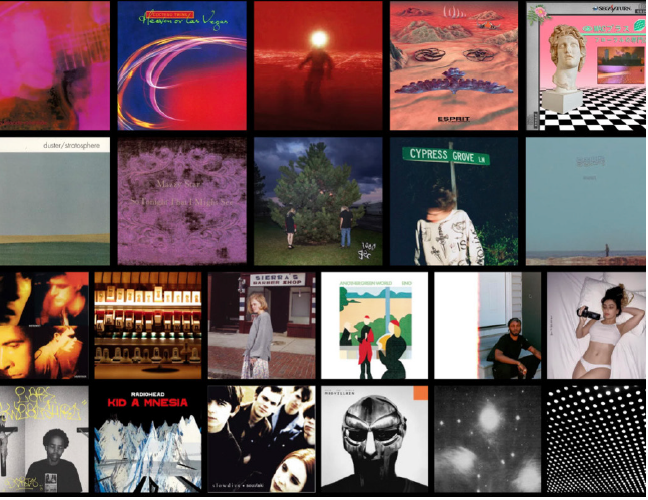
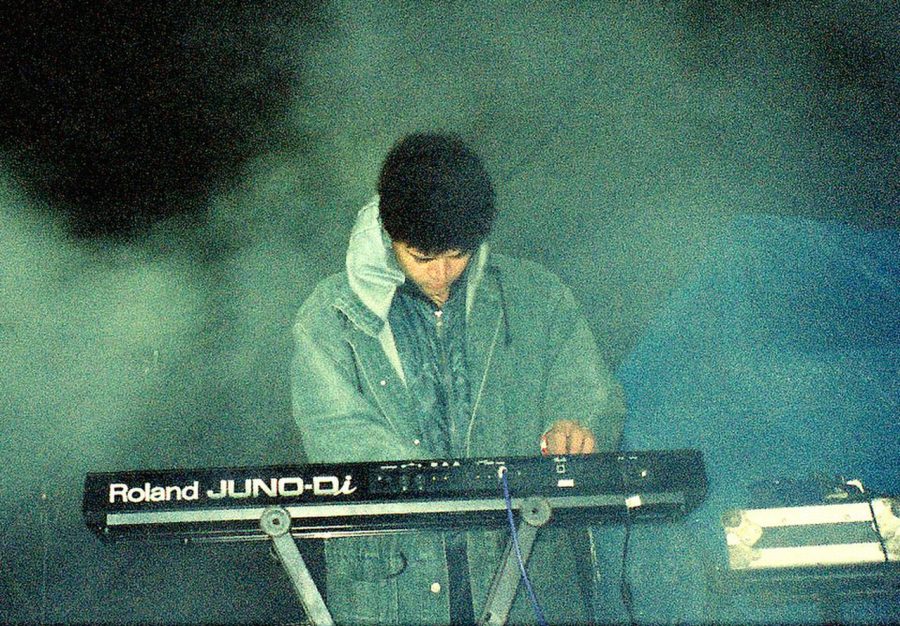
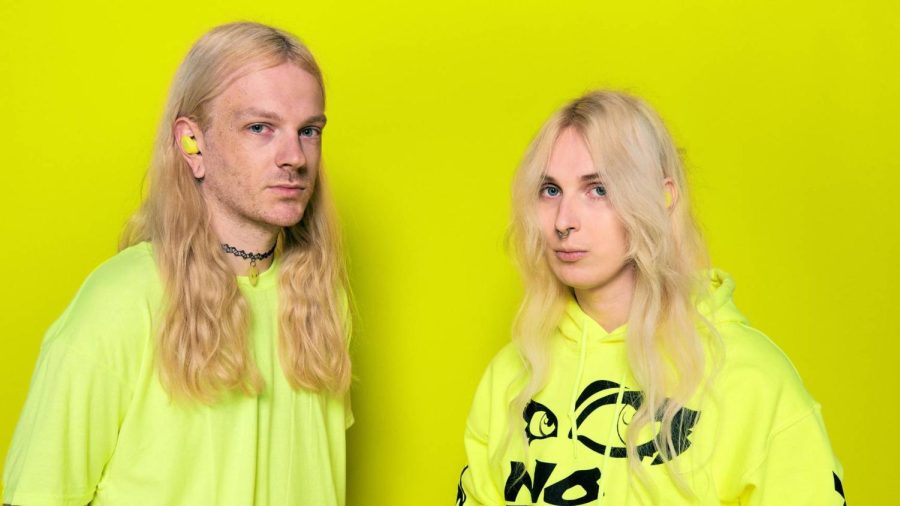
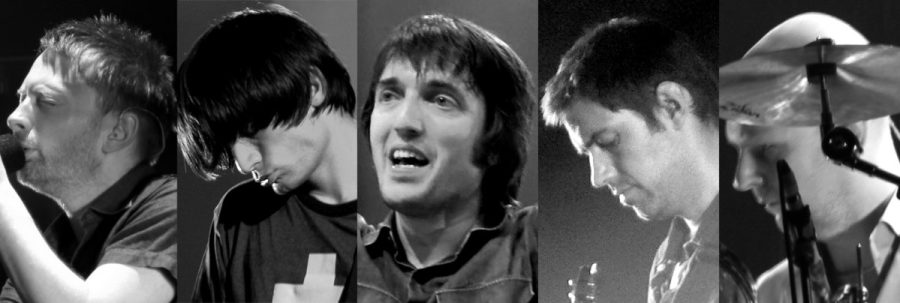
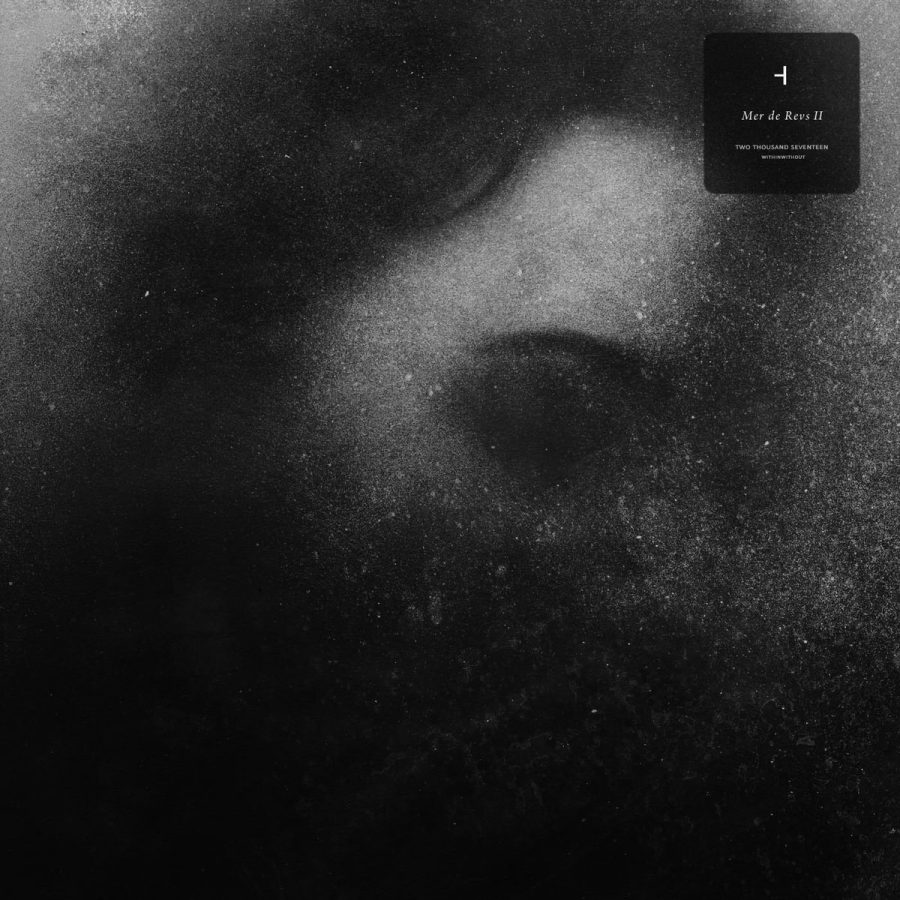

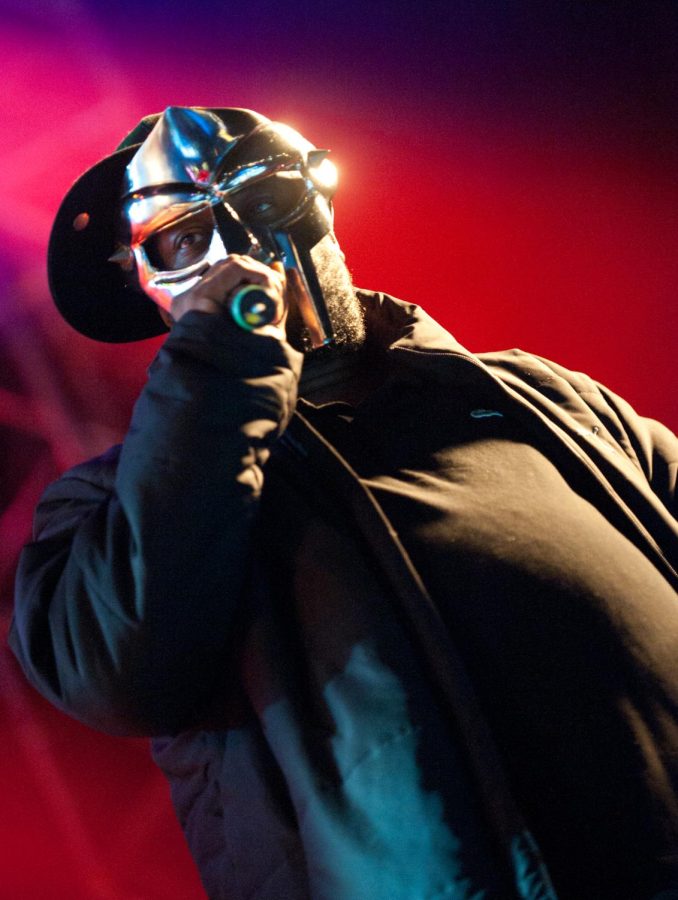
p • Sep 20, 2024 at 8:19 am
ok den…